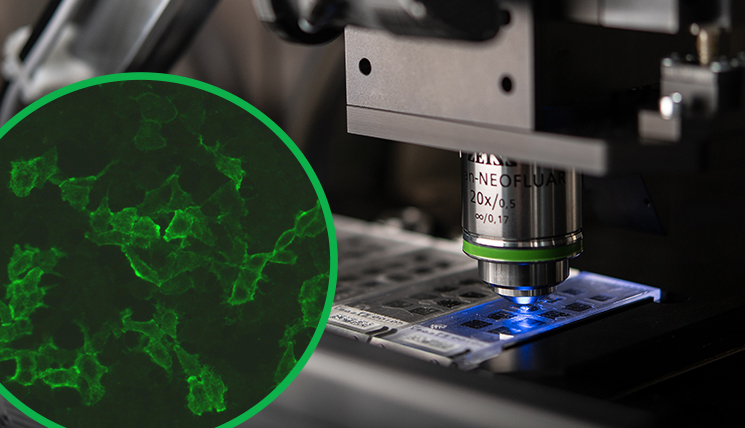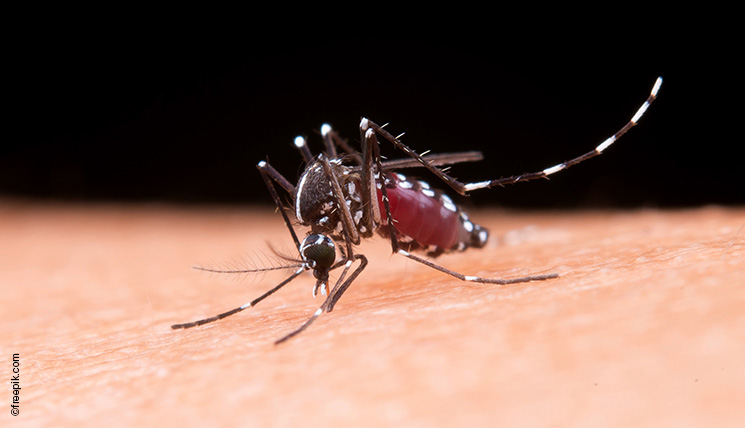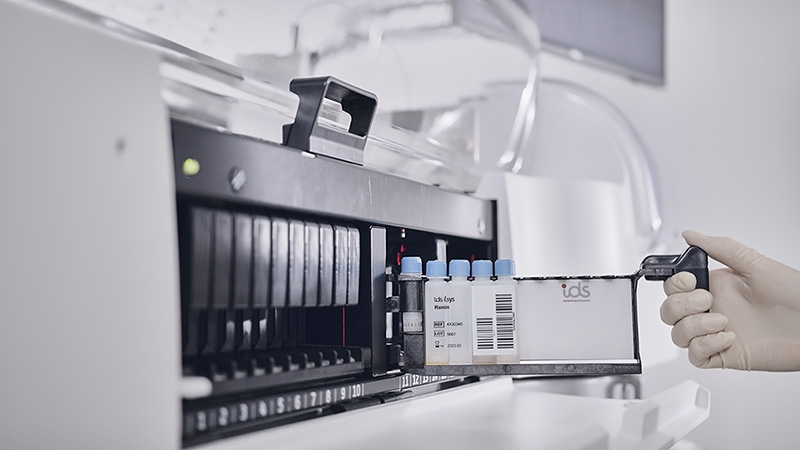Myasthenia gravis (MG) is an autoimmune-mediated myasthenic disorder with the main symptom of exertion-related muscle weakness. The disease results from functional loss of the nicotinic acetylcholine receptors (AChR) at the motor end plate due to attacks of different autoantibodies (AAb). Autoantibodies against nicotinic AChR are detected in around 80% of MG patients. AAb against muscle-specific kinase (MuSK) in around 3% of MG patients. 15% of MG cases are seronegative and are assumed to be associated with pathognomonic AAb that have not yet been identified. AAb are the most important serological marker for MG diagnostics and are also important for the choice of the therapeutic strategy. Anti-AChR antibodies primarily belong to the complement-binding IgG1 subtype and mediate the activation of the complement cascade. Anti-MuSK autoantibodies, on the other hand, belong to the non-complement-binding IgG4 subclass, so that therapeutic use of complement inhibitors is ineffective for this form.
Title-holder vs. newcomer – antibody test systems in comparison
Currently, the radioimmunoassay (RIA) is the gold standard for detection of autoantibodies against AChR and MuSK. However, the need to work with radioactive reagents is a major disadvantage for laboratory diagnostics. The development of the cell-based assay (CBA), an indirect immunofluorescence assay (IFA) with transfected cells, is a workable and efficient technology for monospecific AAb detection. EUROIMMUN’s Myasthenia Gravis Mosaic 2 IIFT allows simultaneous detection of AAb against AChR and MuSK.
In a retrospective study the EUROIMMUN Anti-AChR CBA showed an excellent specificity similar to that of the RIA. The CBA yielded a significantly higher sensitivity than the RIA and detected anti-AChR autoantibodies in 21% of MG cases that were seronegative in RIA.1 Compared with an in-house CBA with live cells, the BIOCHIP Mosaic yielded equally great results. Both tests showed a specificity of 100% in the detection of anti-AChR and anti-MuSK AAb in serum samples precharacterised using RIA. In addition, the Mosaic yielded a high sensitivity for the detection of anti-AChR and anti-MuSK AAb comparable to that of the in-house CBA.2
The Myasthenia Gravis Mosaic 2 IIFT is the only commercially available multiparameter test for the two most important serological markers in MG diagnostics. It is easy to perform in any laboratory with experience in indirect immunofluorescence. In addition to manual processing, different automation solutions are available. The assay can be processed fully automatically using the EUROIMMUN instruments IF Sprinter, Sprinter XL and EUROLabWorkstation IFA. The immunofluorescence microscopy can also be performed fully automatically using the EUROPattern Microscope or the EUROPattern Microscope Live, which makes it even easier to integrate the assay into the laboratory routine. Owing to this advantage and its high sensitivity, it has the potential to become the new gold standard for myasthenia gravis autoantibody diagnostics.
Discover further exclusive tests in our comprehensive neural autoantibody assay portfolio under www.neuro-company.com.







